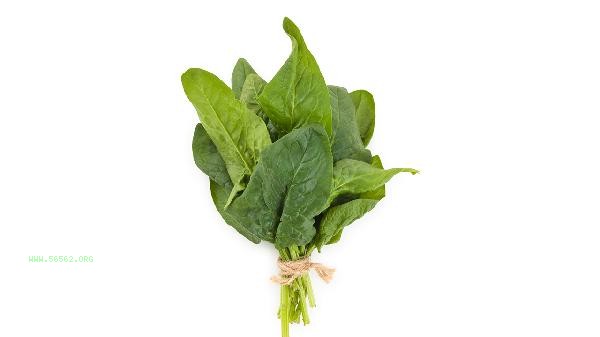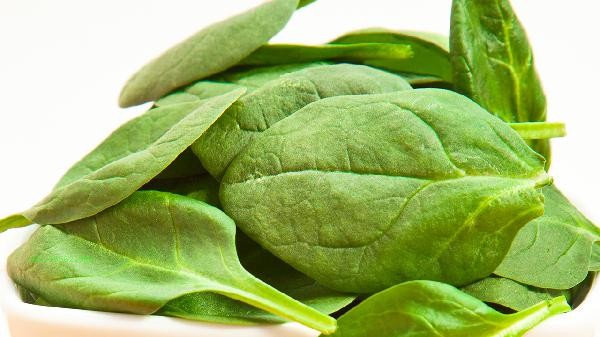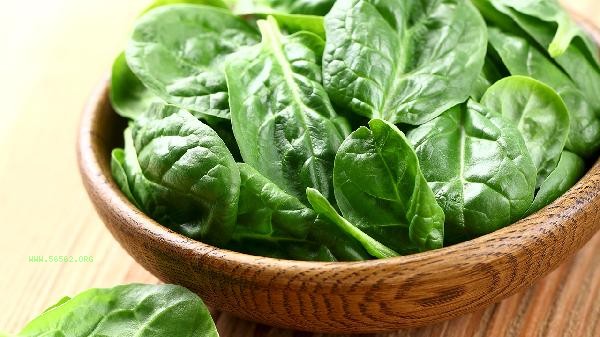Spinach can remove oxalic acid by blanching, soaking, and pairing with high calcium foods. Oxalic acid is easily soluble in water, and high temperature heating can effectively reduce its content.

1. Blanching treatment
Wash spinach and blanch it in boiling water for 30 seconds to 1 minute to dissolve most of the oxalic acid in the water. Immediately supercooling after blanching can maintain the color of vegetables and reduce nutrient loss. This method can remove about 50% of oxalic acid and has little effect on water-soluble nutrients such as vitamin C.
2. Soak in water
Tear spinach into small pieces and soak them in water for more than 2 hours, changing the water 2-3 times during this period. Oxalic acid will gradually precipitate into water and is suitable for consumption without heating, such as cold dishes. Note that the soaking time should not exceed 4 hours to avoid microbial growth.
3. When cooking with high calcium ingredients [SEP], adding calcium rich foods such as tofu, milk, sesame, etc. can combine oxalic acid with calcium to form calcium oxalate precipitation, reducing human absorption. It is recommended to blanch spinach first before pairing it to avoid affecting the efficiency of calcium absorption.
4. fermentation treatment

Lactic acid bacteria are used to ferment spinach, and microbial metabolism can decompose some oxalic acid. The traditional kimchi process can reduce oxalic acid content by 30% -40% and increase probiotic content, but attention should be paid to controlling salt intake.
5. Choose the tender leaf parts
Spinach has higher oxalic acid content in the old leaves and stems, and the tender leaves should be prioritized for consumption. The oxalic acid content of early spring spinach is generally lower than that of autumn and winter products, so it is important to pay attention to seasonal selection when purchasing.
It is recommended to control the daily intake of spinach within 200 grams. Patients with kidney stones and weak gastrointestinal function should strictly blanch it. When cooking, ingredients with lower vitamin C content can be paired to avoid the synergistic effect of oxalic acid and vitamin C metabolism. Long term consumption of untreated spinach in large quantities may affect mineral absorption. It is recommended to use different oxalic acid removal methods alternately to ensure food safety and balance nutrition.









Comments (0)
Leave a Comment
No comments yet
Be the first to share your thoughts!